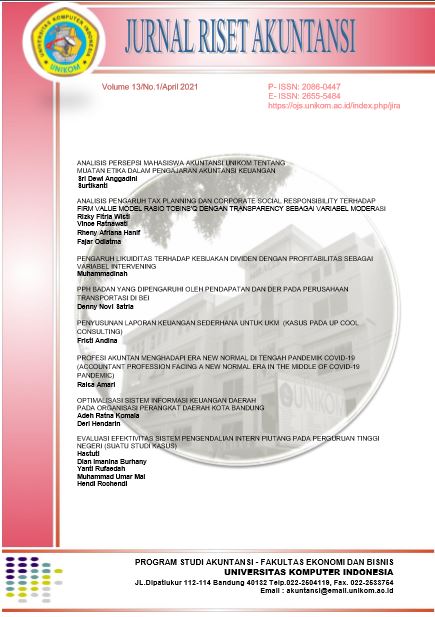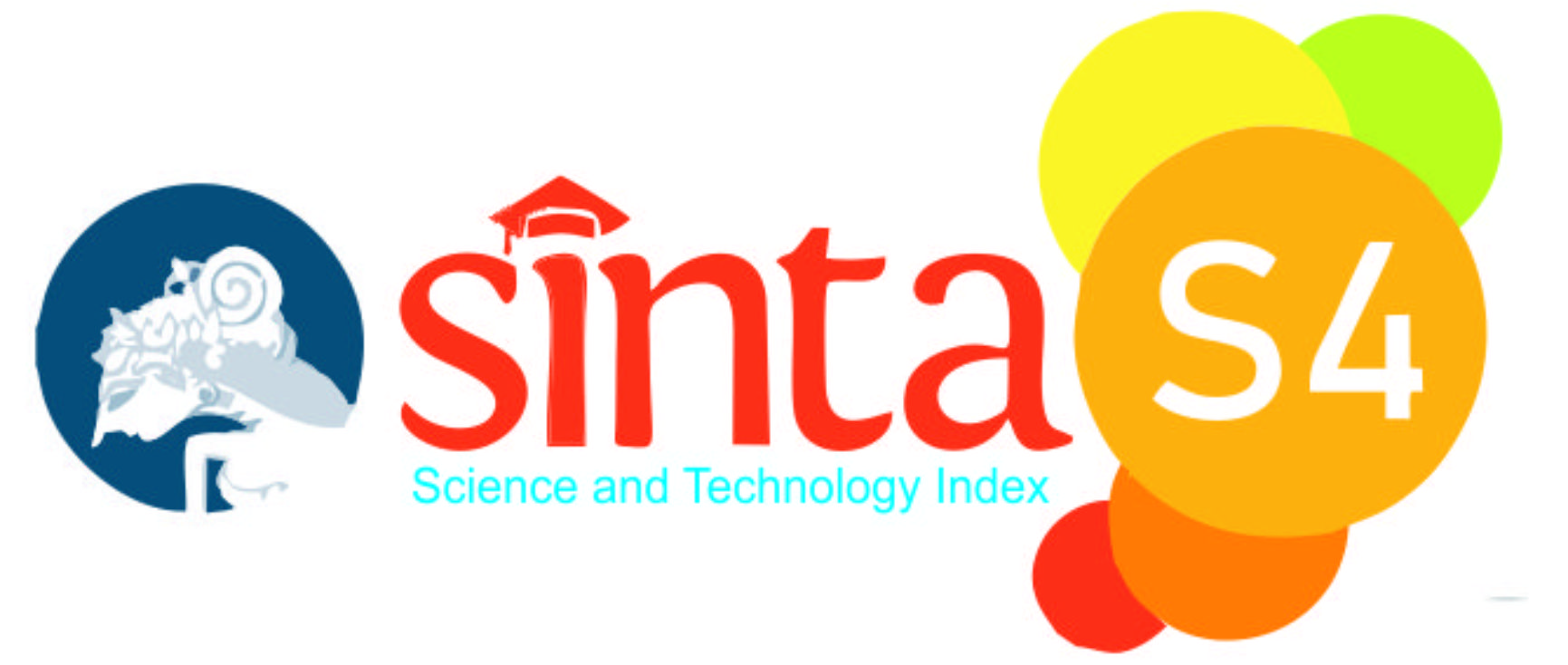EVALUASI EFEKTIVITAS SISTEM PENGENDALIAN INTERN PIUTANG PADA PERGURUAN TINGGI NEGERI (SUATU STUDI KASUS)
DOI:
https://doi.org/10.34010/jra.v13i1.4454Abstract
This study aims to evaluate the extent to which the internal control system for non-tax state revenue receivables (PNBP) at a vocational college in Bandung has been running effectively, considering the value of the receivables always increases from year to year. This study uses a combined analysis method, namely quantitative and qualitative descriptive and operationalized research variables with reference to the elements of the COSO internal control system adopted in Government Regulation Number 60 of 2008 concerning SPIP (Government Internal Control System) and adapted to the research objectives. The research data consists of primary data and secondary data collected through questionnaires, interviews, observation and documentation. The data analysis used the analysis of the results of the questionnaire on 5 sub variables and 47 indicators of internal control. The research findings show that the overall internal control system for PNBP accounts is still ineffective with an effectiveness score of 0.3821. Because 4 of the 5 control components, namely the control environment, risk assessment, control activities as well as information and communication are still not effective. Meanwhile, one component of control, namely monitoring, is said to be quite effective. Increasing the effectiveness of the implementation of the internal control system for PNBP receivables is expected to be able to improve the performance of the financial department or the organization as a whole by increasing the collectability of PNBP receivables.
Keywords: Effectiveness, Internal Control System, Non-Tax State Revenue Receivables (PNBP)





.png)
.png)

.png)
.png)

